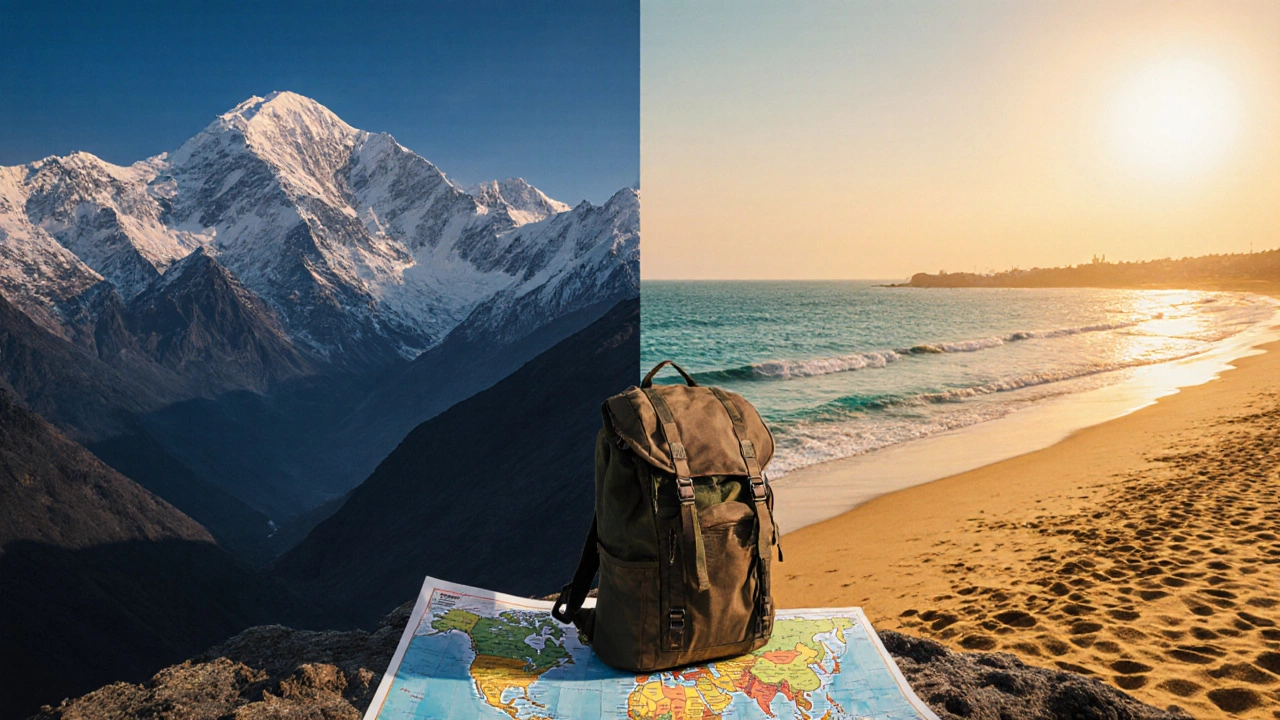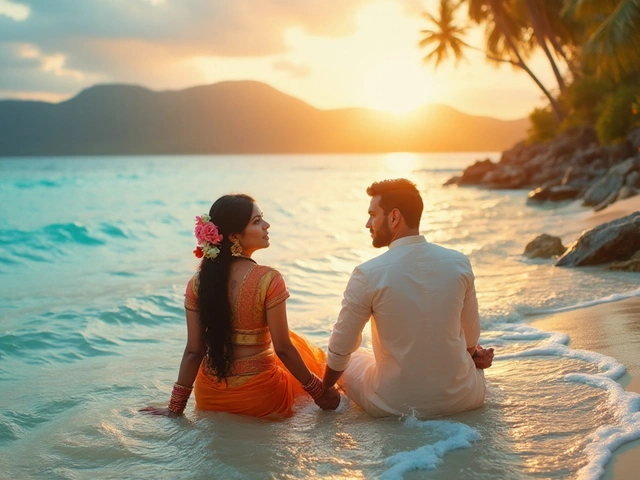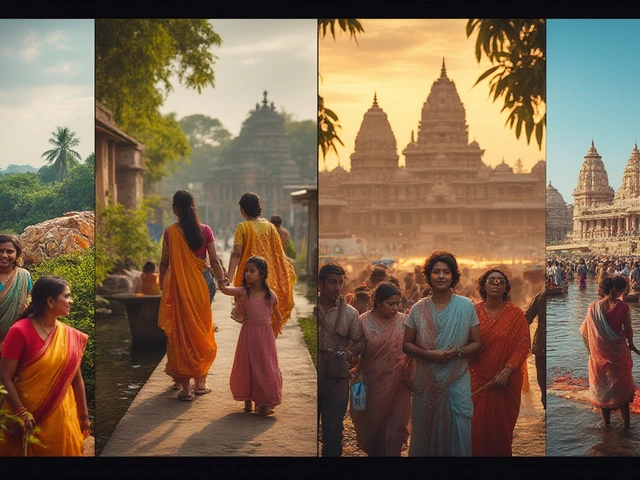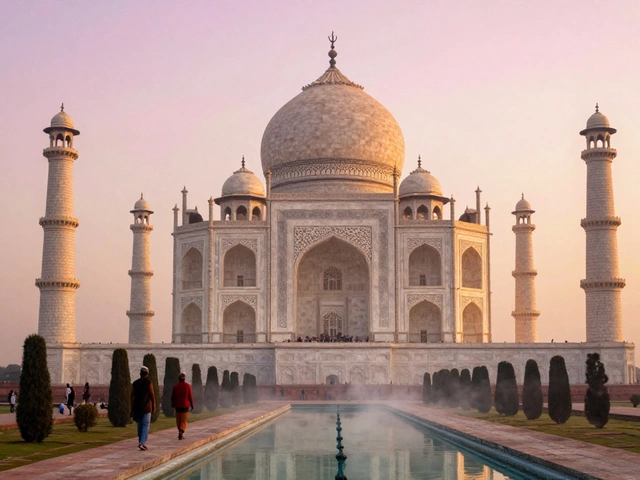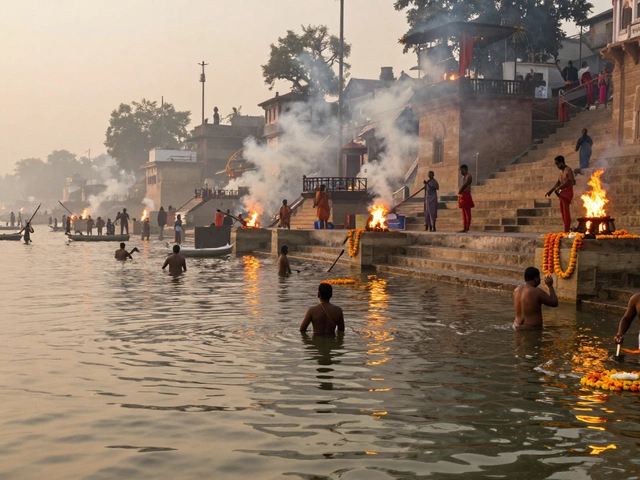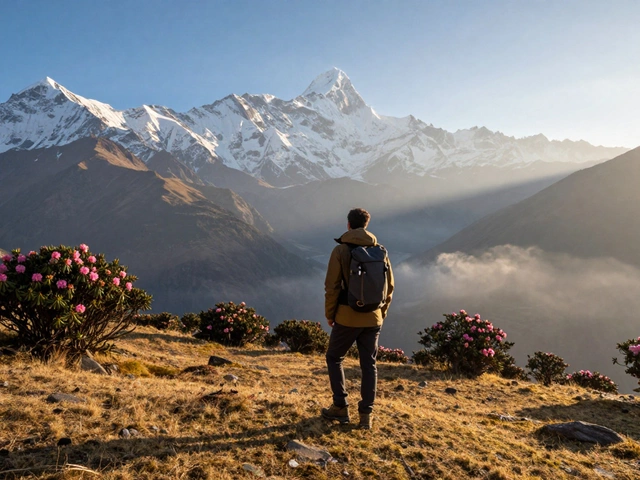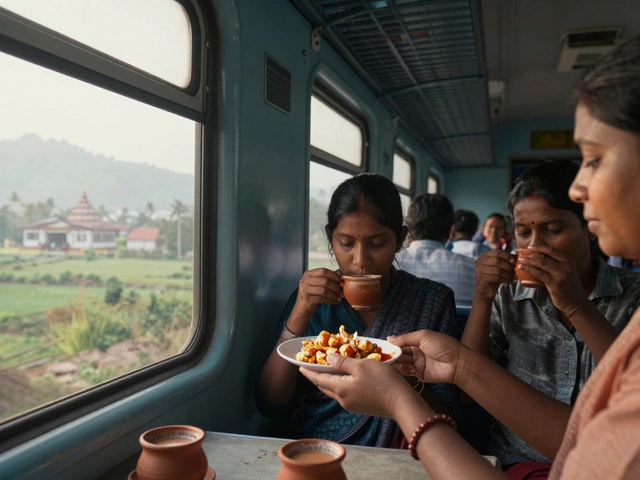India Budget Travel Calculator
Estimate Your India Trip Budget
Calculate your travel expenses based on the latest 2025 data. This tool uses real cost data from the article to give you realistic estimates.
When you think of India is a vast South Asian country that offers everything from snow‑capped Himalayas to sun‑kissed beaches, making it a perennial favorite for travelers. the question on many forums today is: budget travel India still a reality in 2025?
Why the Cost Question Matters Now
Inflation, shifting airline routes, and a stronger Indian rupee have all nudged prices upward since the pandemic‑era lows. Yet, India’s price‑performance ratio-what you get for each dollar-still outshines many neighboring destinations. If you can dodge the peak‑season hype and smart‑shop, a 10‑day backpacking trek can still sit comfortably under $800.
Key Cost Drivers in 2025
- Flights: International round‑trip fares from Australia to major Indian gateways (Delhi, Mumbai, Bangalore) now average AUD 1,200-1,400, about 8% higher than 2022. Booking 3‑4 months ahead and using price‑alert tools can shave $150‑$200.
- Accommodation: Hostels and budget hotels dominate the cheap‑traveler market. In Goa, a dorm bed costs $6‑$9 per night, while in Kerala’s backwaters you’ll find family‑run homestays at $8‑$12.
- Food: Street‑food staples like pani puri, dosa, and vada pav hover around $1‑$2 per plate. A daily food budget of $10‑$15 keeps you well fed without splurging on touristy restaurants.
- Local transport: Trains remain the backbone of long‑distance travel. A second‑class AC ticket from Delhi to Jaipur costs $12‑$15. Within cities, auto‑rickshaws and app‑based cabs average $0.30 per kilometre.
- Visa & fees: The e‑tourist visa for Australian citizens is $100 for a 30‑day stay and $150 for 90 days, payable online. No hidden agency fees if you apply directly on the Indian government portal.
Cheap Beach Destinations Still Worth a Visit
India’s coastline stretches over 7,500 km, offering a mix of party‑centric shores and tranquil retreats. Below are three beaches that keep the budget traveler happy.
Goa is a former Portuguese enclave famous for its laid‑back vibe, vibrant nightlife, and inexpensive beachfront huts. During the shoulder months (October‑November, February‑March) you can snag a beachfront dorm for $7, ride a rented scooter for $4/day, and enjoy fresh seafood at local shacks for $3‑$5 per serving.
Kerala offers a quieter coastline with backwater villages and palm‑lined beaches like Varkala and Kovalam. Staying in a family‑run homestay costs $10‑$12, and you can explore the coastline via the state‑run ferry system for under $2 per ride.
Andaman Islands may feel remote, but budget options exist, especially on Havelock Island where dorms start at $12 and snorkeling gear rental is $5 per day.
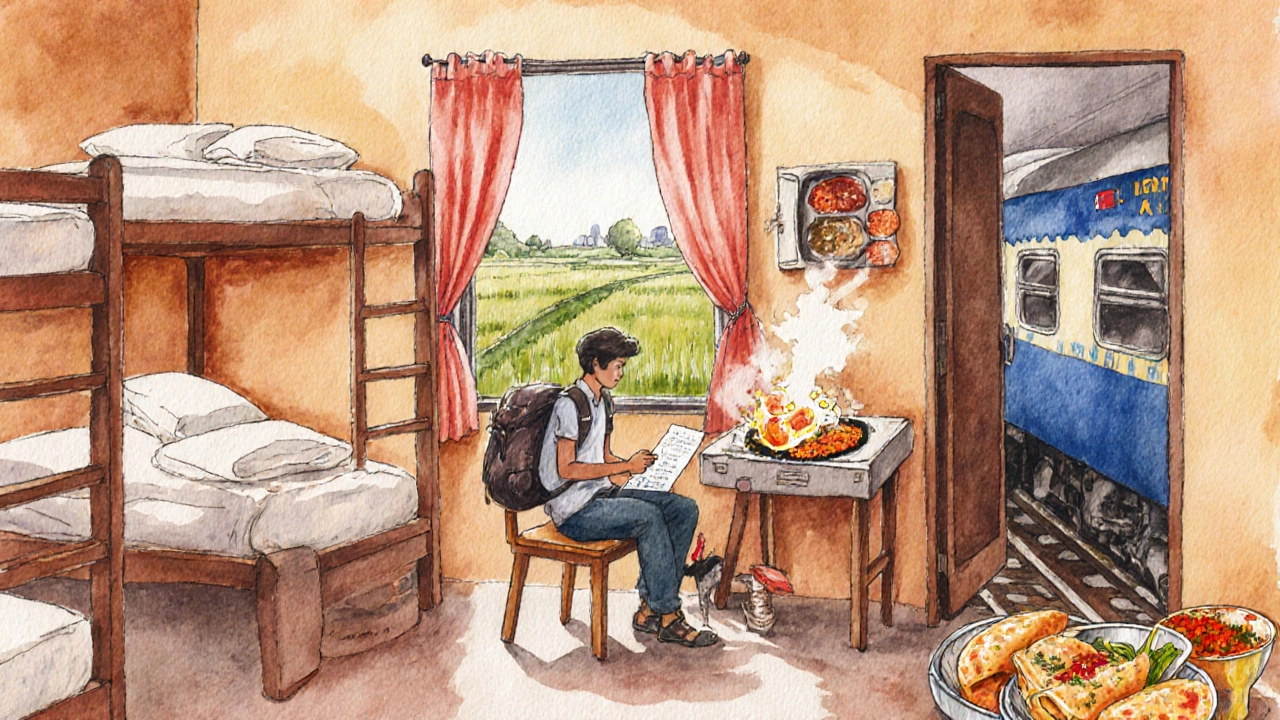
Sample 10‑Day Budget Itinerary
- Day 1‑2: Fly into Delhi, explore the Old City, stay in a backpacker hostel ($10/night).
- Day 3‑4: Take a night train to Jaipur ($15), see Amber Fort, stay in a heritage guesthouse ($12/night).
- Day 5‑7: Fly to Goa (budget airline $80), chill on Baga Beach, rent a scooter, sample street food.
- Day 8‑10: Fly or take an overnight train to Kochi, then a short bus ride to Varkala. Relax on the cliffs, enjoy yoga sessions ($5), and depart from Kochi.
This route keeps total accommodation under $120, food under $150, and transport (including two internal flights) around $250, leaving roughly $250 for souvenirs and unexpected splurges.
Money‑Saving Hacks for the Savvy Traveller
- Use the Google Flights “price‑calendar” to pinpoint the cheapest departure dates.
- Book Indian train tickets via the IRCTC portal; second‑class AC seats are the sweet spot for comfort and price.
- Carry a refillable water bottle and a small purifier tablet; bottled water costs $0.30 per litre in most cities.
- Shop at local markets for fresh fruit, snacks, and SIM cards (₹300 for a 30‑day data plan).
- Travel during the “shoulder season” (October‑November, February‑March) to avoid inflated hotel rates and crowds.
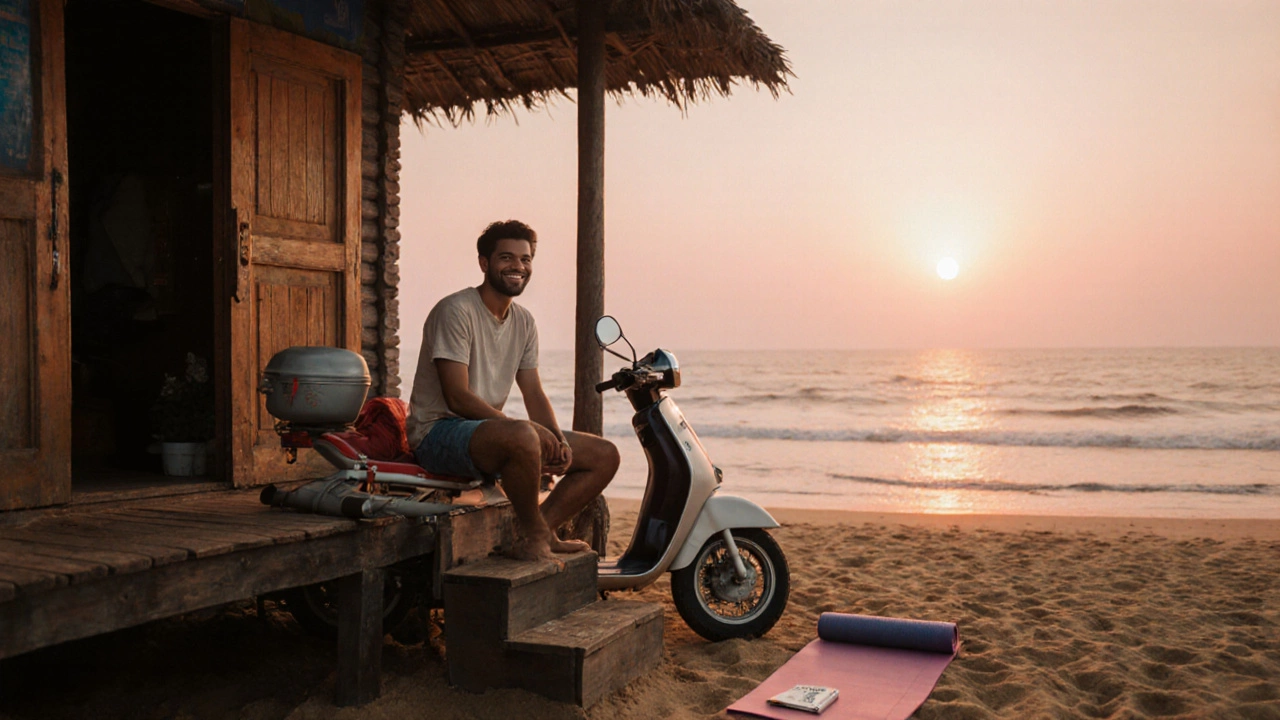
What’s No Longer Cheap?
While most budget basics stay affordable, a few areas have seen noticeable price jumps:
- Luxury resorts: Beachfront 5‑star properties now start at $120/night, up from $90 in 2022.
- Domestic flights: Low‑cost carriers have raised base fares by 12% due to higher fuel costs.
- Tourist activities: Organized scuba‑diving trips in the Andamans cost $40‑$50 per session, reflecting new safety regulations.
Bottom Line: Is India Still Cheap?
Short answer: yes, if you plan wisely. The core expenses-hostels, street food, trains, and basic beach huts-remain deep‑discount territory compared with Southeast Asian neighbours. The few cost spikes are limited to premium experiences.
So, pack your rucksack, set a daily budget of $30‑$35, and you’ll still get more miles, culture, and sunshine for every dollar than you would in many other popular destinations.
| City | Accommodation | Food | Transport | Total 2022 | Total 2025 |
|---|---|---|---|---|---|
| Delhi | $8 | $6 | $4 | $18 | $20 |
| Mumbai | $9 | $7 | $5 | $21 | $23 |
| Goa | $7 | $5 | $3 | $15 | $17 |
| Kochi (Kerala) | $8 | $5 | $3 | $16 | $18 |
Frequently Asked Questions
What is the cheapest time of year to visit India?
The shoulder months of October‑November and February‑March offer lower accommodation rates, milder weather, and fewer crowds, making them the most budget‑friendly periods.
Do I need a visa if I’m an Australian citizen?
Yes. Australians can apply for an e‑tourist visa online. The fee is $100 for a 30‑day stay or $150 for 90 days, and the process usually takes 3‑5 business days.
How much should I budget for daily meals?
Around $10‑$15 per day is comfortable. Street‑food meals are $1‑$2 each, while a modest sit‑down restaurant will cost $4‑$6 per dish.
Is public transport reliable for long distances?
Indian Railways is the backbone for cross‑country travel. Booking a second‑class AC seat offers a good balance of comfort and price, and trains run on time for most major routes.
Can I use Indian rupees for all purchases?
Yes, the Indian rupee (INR) is the legal tender everywhere. Credit cards are widely accepted in cities, but cash is king in smaller towns and markets.
